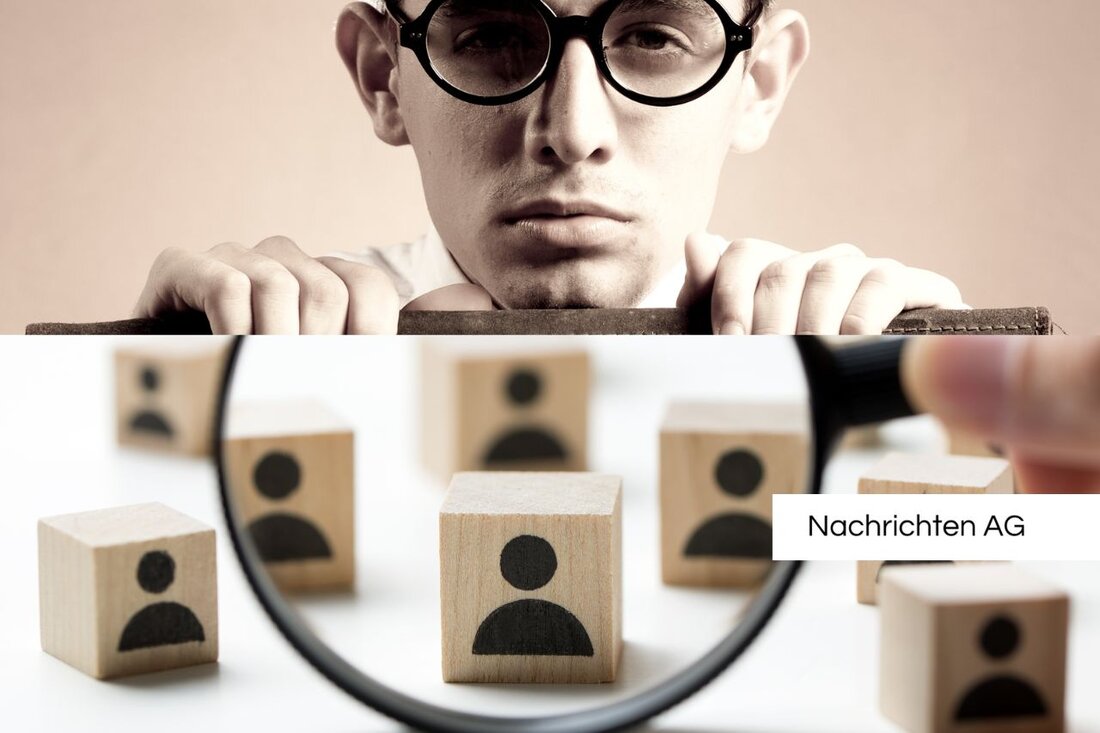Ripe test reveals: How to save money and protect the environment!
ÖAMTC analyzes tire test results and their environmental pact; New Euro 7 standard promotes sustainable tire options.

Ripe test reveals: How to save money and protect the environment!
Security remains the most important criterion when buying tires for consumers: inside, as a current analysis of the ÖAMTC shows. It is striking that interest in the durability of the tires and their mileage increases steadily. High wear leads to more frequent tire changes, which promotes growing awareness of sustainability and resource conservation. Since 2023, the ÖAMTC has also evaluated the environmental record of the models in its tire tests. The comprehensive analysis comprises 160 tire test results, which show large differences in the abrasion between different tire brands. Some manufacturers have successfully overcome the conflict of goals between grip and low wear, while others continue to lag behind.
The abrasion values of the tested tires vary significantly. At the top is Michelin with 52 mg/km/t, followed by Hankook (62 mg/km/t) and Continental (63 mg/km/t). On the other end of the spectrum, Firestone with a highest abrasion of 82 mg/km/t. These findings make it clear that the price alone is not decisive for the abrasion; Manufacturers such as Pirelli and Bridgestone do not offer low -abrasion models, even though their tires do well in other aspects. A high durability also leads to less abrasion and thus at lower costs for the consumers: inside.
environmental and sustainability aspects
The increasing relevance for environmentally friendly solutions is underlined by the upcoming Euro 7 emissions standard, which should also regulate tire abrasion from 2027. Sustainable mobility not only requires more efficient vehicles, but also more sustainable tires. Michelin's approach to the life cycle analysis of tires helps to save resources and materials, optimize use and to better recycle value. These developments are crucial, because over 80 % of the ecological footprint of a tire arises during the usage phase, including the abrasion.
Independent tests, such as that of the ADAC, show that modern Michelin tires have an abrasion of only 95 grams per 1,000 kilometers-far below the average of 120 grams.
tire abrasion and microplastics
A serious problem is also the tire abrasion, which plays an important role in the discussion about plastic waste and microplastic emissions. In the EU, around 500,000 tons of tires are incurred annually, with a third of all microplastic emissions in Germany come from tire abrasion. These particles not only burden the environment, but also get into water and floors. The ADAC has been carrying out extensive tests for over 15 years to evaluate the environmental entry of tire abrasion.
To minimize the abrasion, drivers should take into account various tips inside: Choosing tires with little wear, seasonal tire changes and regular pressure controls are just a few measures to reduce the abrasion. Manufacturers are also required to offer environmentally friendly tires in all sizes and avoid production residues that increase the abrasion.
The challenges in the tire industry are large, but developments and tests offer a positive perspective on a sustainable future. The changes that are initiated by the Euro 7 standard are a step in the right direction to reduce the environmental impact of tires.
For detailed information on the tested tires and their abrasion values, please visit the reports from ÖAMTC, Handelsblatt and ADAC: ÖAMTC , Handelsblatt , and ADAC .

 Suche
Suche
